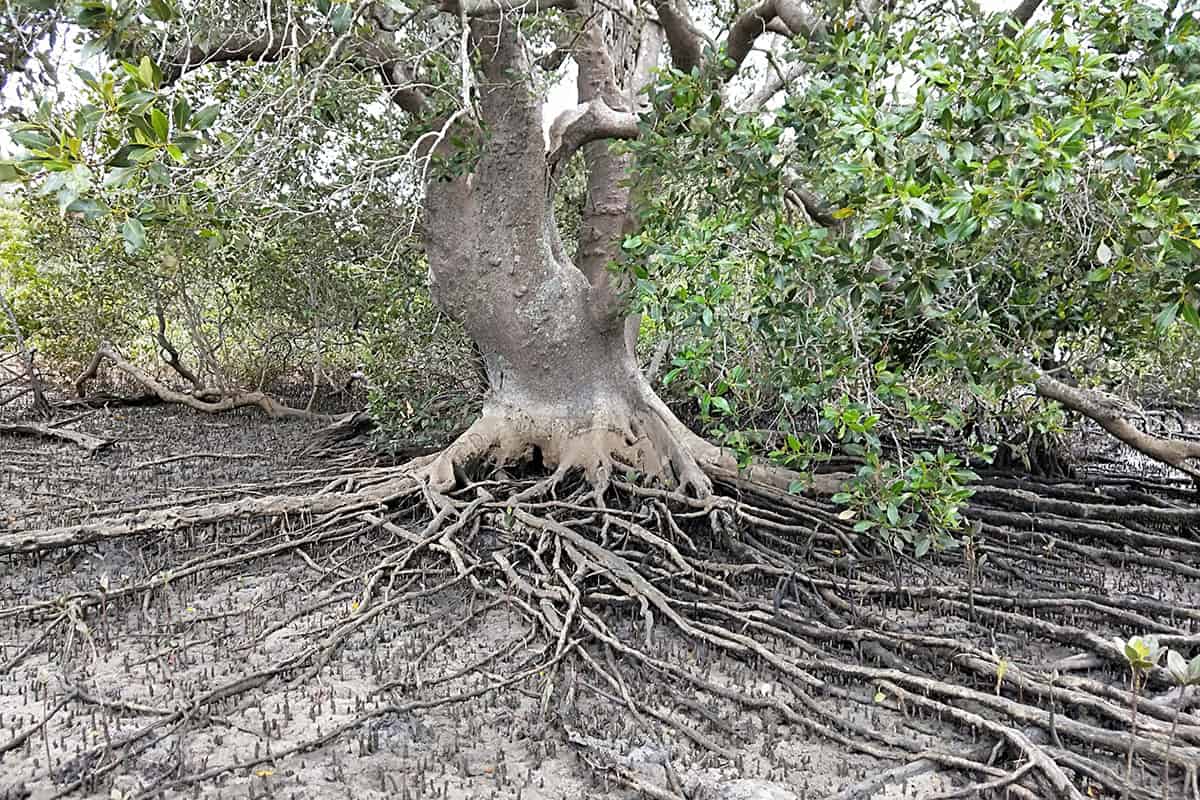Hydrofeminist METitations is a listening series brought to you by Ensayos as a part of their digital residency at the New Museum.
Act 1: Sarita Gálvez offers reflections on water and soil care drawn from ‘Creekulum’ (curriculum of the creek), an environmental education program that connects the community of Moreland Primary School with the Merri Merri Creek in Naarm/Melbourne. Working in collaboration with Traditional Custodians, Creekulum foregrounds the vast richness of Wurundjeri knowledge and ways of living. The program also brings artists and scientists to the school, the local community house, and the creek, to work and learn with young people.
Sarita developed Creekulum with Wurundjeri Tribe Land Council, Scale Free Network, Merri Creek Management Committee, and Moreland Primary School, with the participation of educator Meg Petrie, weaver Adrienne Kneebone, and Slow Art Collective. Wurundjeri elders Uncle Dave Wandin and Uncle Bill Nicholson gave Sarita and her sons Sam and Nawel permission to share cultural knowledge. To learn more about cultural burning visit Firesticks Alliance.
Act 2: The Bringers of the Viral Red Dust is a story by Dr. C.F. Black set in Guanaba Indigenous Protected Area, in Yugambeh region of Australia’s Gold Coast. Guanaba is part of the traditional lands of Christine’s matrilineal clan, the Kombumerri. It is an important habitat for rarely-seen small marsupials called potoroos, numbats and quolls, whose survival remains under threat from feral cats, wild dogs and encroaching human settlement.
The story was written in 2009, the year of the H1N1 pandemic and a massive red dust storm that covered Australia’s east coast. During that time, a small band of potoroos was discovered in Guanaba . In the story, dust has a consciousness and personality, and a virus moves through the land without regard for human actions.
The first parts of the story in this Act is performed by Dr C.F. Black, Amaara Raheem and Caitlin Franzmann. The entire story is available in her book A Mosaic of Indigenous Legal Thought: Legendary Tales and Other Writings (Routledge, 2016).
Act 3: Ensayos sit in a majestic mangrove tree on Canaipa Island in Quandamooka Country for a somatic exercise in Mangrove Tuning. This practice is inspired by the composer Pauline Oliveros pursuit of sonic meditation through deep listening.
The mangrove sounds are responded to in this piece by Caitlin Franzmann, Christy Gast, Sharon Jewell, Carla Macchiavello and Camila Marambio.
Act 4: Ensayistas, spent time on Yunbenun, also known as Magnetic Island, with marine biologist Dr. Lynne van Herwerden. Lynne studies the impact of microplastics on the marine food web in the Great Barrier Reef. The copepod, a microscopic zooplankton, is in grave danger and life in the ocean depends on its survival. More than anything, Lynne wants everyone to know and care about this. She shared a copy of her findings and asked Ensayos how artists might be intermediaries. After closely reading her research papers, visiting her laboratory and interviewing her to get to the heart of the message, Ensayos found the weight and complexity of the issues difficult to navigate. With dark humour and a playful curiosity, they turned the research into the Copepod Song.
The Copepod Song is co-written by Christy Gast, Camila Marambio and Caitlin Franzmann. It is rehearsed in this episode by Sarita Gálvez, Bryan Phillips and their sons, Sam and Nawel.
……
About Hydrofeminist METitations
Gender studies scholar Astrida Neimanis coined the term “hydrofeminism” to bring together feminist, queer, and ecological sensibilities.* In her words, hydrofeminism begins “one’s ethics and politics from the realization that we are mostly made of water…refusing a separation between nature and culture, between an environment ‘out there’ and a human subject ‘in here.’”
When Ensayos collaborated with Neimanis in 2017, Camila Marambio formulated “METitation” to emphasize Ensayos’ material-somatic research that considers molecular and global relationships in the physical world.** MET is an acronym for Mechanical Electrical Transduction, a sensory mechanism through which cells convert mechanical stimuli into electro-chemical activity. MET accounts for senses of hearing, balance, and touch; hair cells in the inner ear convert the stimuli of drum vibrations, water dropping in the sink, a crashing wave, and voice into electro-chemical signals received by the brain. This transformation is the sense of hearing.
*Astrida Neimanis, “Hydrofeminism: or on Becoming a Body of Water,” in Undutiful Daughters: New Directions in Feminist Thought and Practice, ed. Henriette Dr. Gunkel, Chrysanthi Nigianni, and Fanny Dr. Soderback (New York: Palgrave Macmillan, 2014).
**“Hydrofeminist METitaions” was first used by Ensayos to describe a live sounding experiment performed by Neimanis, Marambio, Sarita Gálvez, and Karolin Tampere and presented as part of the Liquid Architecture program, “Negative Volumes: Body Languages” held at West Space, Naarm/Melbourne, on October 14th, 2017.
……
Episode 1 was created by Caitlin Franzmann, Sarita Gálvez, and Dr. C.F. Black, with Dr. Lynne van Herwerden, Amaara Raheem, Carla Macchiavello, Sharon Jewell, Bryan Phillips, Sam and Nawel Phillips, Ariel Bustamante, Pablo Thiermann, Catalina Jaramillo, Camila Marambio and Christy Gast. Music is by Vera Dvale.
This episode sound recordings by Mike Koenig and Daniel Simion.
This project has been assisted by the Australian Government through the Australia Council for the Arts, its arts funding and advisory body.


